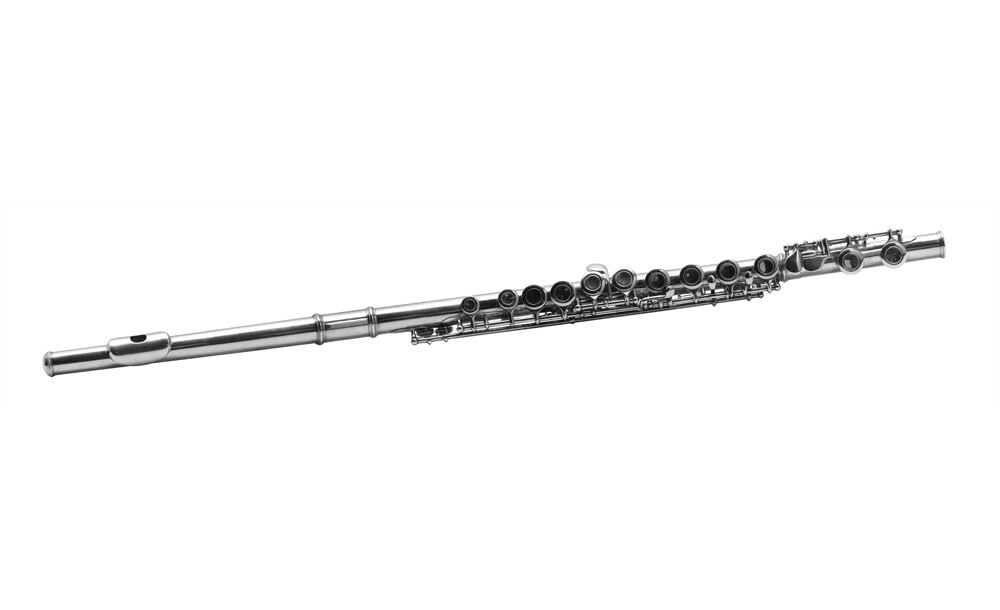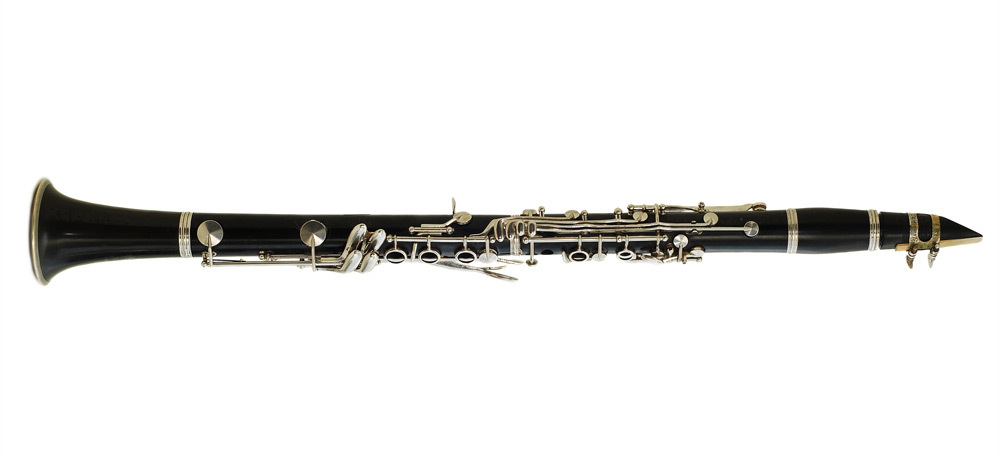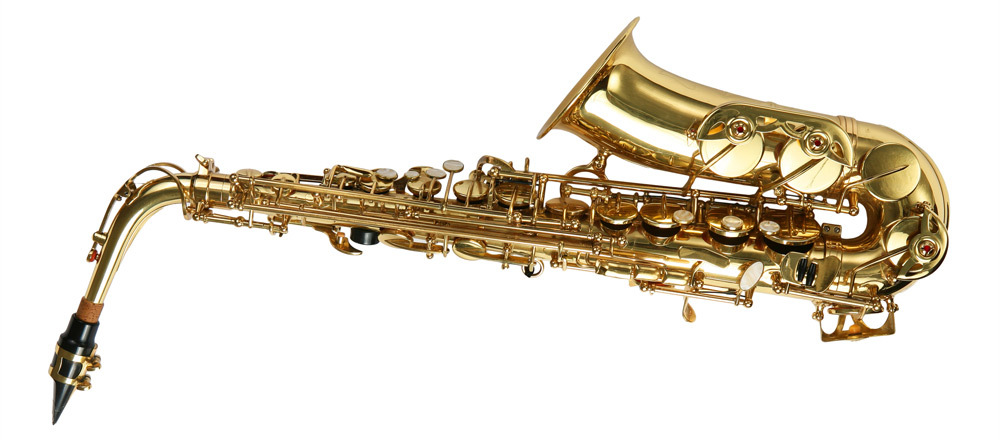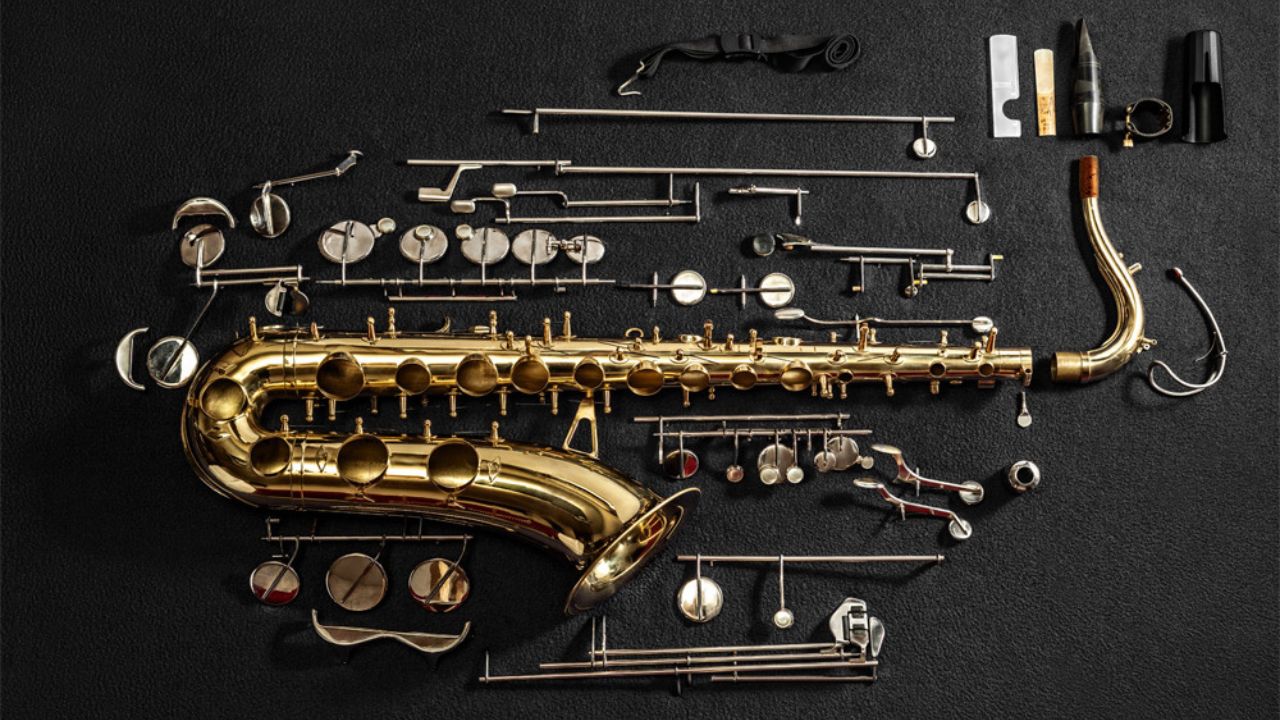In the realm of virtual instruments, where technology meets artistry, SWAM-W takes center stage. SWAM-W stands for Synchronous Waves Acoustic Modeling – Woodwinds, and it’s a testament to the power of innovation and precision. This article explores the intricacies of SWAM-W, from its meticulous sampling techniques to the physics behind woodwind instruments, and how it offers musicians a level of expressive control that rivals their natural counterparts.
The Essence of Hybrid Technology:
While sampling technology plays a role in SWAM-W’s hybrid approach, it’s important to emphasize that it is not the core or heart but rather a modest contributor. In this innovative hybrid technology, a mere fraction of samples, totaling just a few megabytes, is utilized alongside sophisticated physical and behavioral modeling techniques. This stands in stark contrast to traditional sample libraries, which often boast gigabytes and terabytes of data. The true essence of SWAM-W’s authenticity lies in its ability to blend these minimal samples seamlessly with modeling techniques, creating a remarkable and accurate representation of real-world woodwind instruments. This unique approach ensures that every note, captured at various dynamic levels, maintains the richness and subtleties of its acoustic counterpart. Furthermore, the instruments are recorded in a pristine, effects-free environment, ensuring a faithful and natural rendition of their sound.
Beyond Sampling: Real-Time Dynamics and Articulation:
But what sets SWAM-W apart goes beyond precise sampling. The SWAM engine is where the magic truly happens. It brings forth accurate dynamics and articulation changes in real-time, free from phasing and stretching artifacts. This real-time control empowers musicians to shape the sound and expressive qualities of each instrument during live performance—a level of control that rivals natural woodwinds.
Understanding the Physics of Woodwinds:
To appreciate the complexity of SWAM-W, we delve into the physics of woodwind instruments. While they share the commonality of producing sound through air vibration, the physics differ depending on the type of exciter (reed, double reed, mouthpiece) and the resonator (the pipe).
Cylindrical Open-Pipe Instruments:
| Cylindrical open-pipe instruments, such as flutes, produce tones with a full spectrum, including both even and odd harmonics. This allows them to generate overtones that are multiples of the fundamental tone, creating rich, complex sounds. |  |
Cylindrical Closed-Pipe (At One End) Instruments:
 |
Instruments like clarinets, with their cylindrical closed pipes, produce tones characterized by mainly odd harmonics, especially in the lower frequencies. The first overtone produced is one twelfth above the fundamental tone, adding depth to the instrument’s timbre. |
Conical Closed-Pipe (At One End) Instruments:
| Saxophones, featuring conical open pipes, behave similarly to cylindrical open-pipe instruments. They can produce a full spectrum of sound with both even and odd harmonics, contributing to their unique timbre. |  |
The Unique Behavior of Flutes:
Flutes are particularly fascinating due to their behavior being cylindrical open-pipe instruments. However, many upper register tones in flutes are not produced solely by shortening the pipe (as with coulisse or holes) but rather through the effect of overtones. Overtones are harmonic sounds whose fundamental frequency is a multiple of the frequency produced by the full pipe.
In SWAM Flutes, the behavior of these overtones is not static; it’s dynamic and real-time. Special algorithms derived from Physical Modeling interact with the musician’s expressiveness, reproducing these behaviors dynamically and vividly.
SWAM-W: A Hybrid of Physical Modeling and Sampling:
SWAM-W is a true hybrid between Physical Modeling and sampling. While it captures the essence of woodwind instruments through sampling, it goes a step further by dynamically reproducing behaviors using algorithms. This interaction with the musician’s expressiveness gives the sound a lifelike vivacity and responsiveness, creating an experience that transcends conventional samples.
In the world of virtual woodwinds, SWAM-W represents the perfect fusion of physics and artistry—a technological masterpiece that empowers musicians to shape and express their musical visions like never before.

